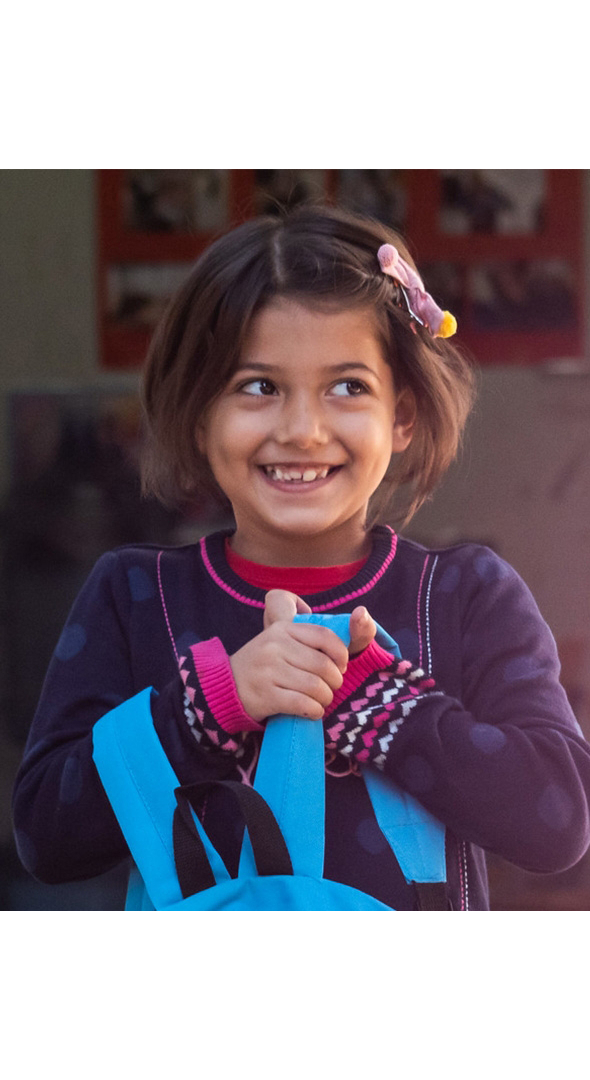The Fifth Stocktaking Report on World AIDS Day: An AIDS-Free Generation is achievable by focusing on the most disadvantaged
2010-12-01
NEW YORK / Hong Kong, 1 December 2010 - Achieving an AIDS-free generation is possible if the international community steps up efforts to provide universal access to HIV prevention, treatment, and social protection, according toChildren and AIDS: Fifth Stocktaking Report 2010, which was released today in New York. Attaining this goal, however, depends on reaching the most marginalised members of society.
While children in general have benefited enormously from the substantial progress made in the AIDS responses, there are millions of women and children who have fallen through the cracks due to inequities rooted in gender, economic status, geographical location, education level and social status. Lifting these barriers is crucial to universal access to knowledge, care, protection, and the prevention of mother-to-child transmission (PMTCT) for all women and children. “To achieve an AIDS-free generation we need to do more to reach the hardest hit communities. Every day, nearly 1000 babies in sub-Sarahan Africa are infected with HIV through mother to child transmission,” said Anthony Lake, UNICEF’s Executive Director. “Our Fifth Stocktaking Report on Children and AIDS highlights innovations like the ‘Mother-Baby Pack’ that can ing life-saving ARV treatment to more mothers and their babies than ever before,” said Lake. Infants are particularly vulnerable to the effects of HIV, which has lent an urgency to the global campaign for early infant diagnosis. While the availability of early infant diagnosis services has increased dramatically in many countries, global coverage still remains low, at only 6 per cent in 2009. Without treatment, about half of the infants infected with HIV die before their second birthday. While the number of new HIV infections are falling or stabilising in many parts of the world, knowledge about HIV and how to protect yourself remains too low. Adolescents are still becoming infected with HIV because they have neither the knowledge nor the access to services to protect themselves. In 2001, 5.7 million young people aged 15–24 were estimated to be living with HIV, however, the number dropped to 5 million at the end of 2009 which indicates more lives could be saved if people know how to protect themselves with safer behaviours and practices. Tailored-made education programmes on HIV prevention should be provided to youths who are the most vulnerable.Attaining an AIDS-free generation means erasing the inequities that fuel the epidemic and protecting those who continue to fall through the cracks. Social protection initiatives, including cash transfers and efforts to promote access to services, play an important role in eaking the cycle of vulnerability.
Click here to read the FULL report Click here to read the Report Summary









